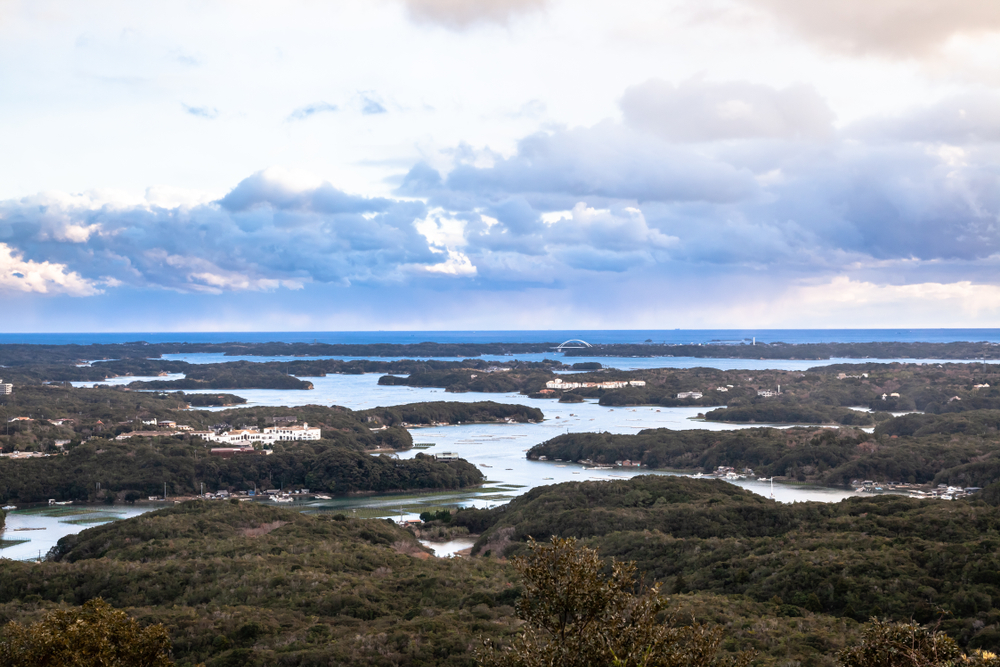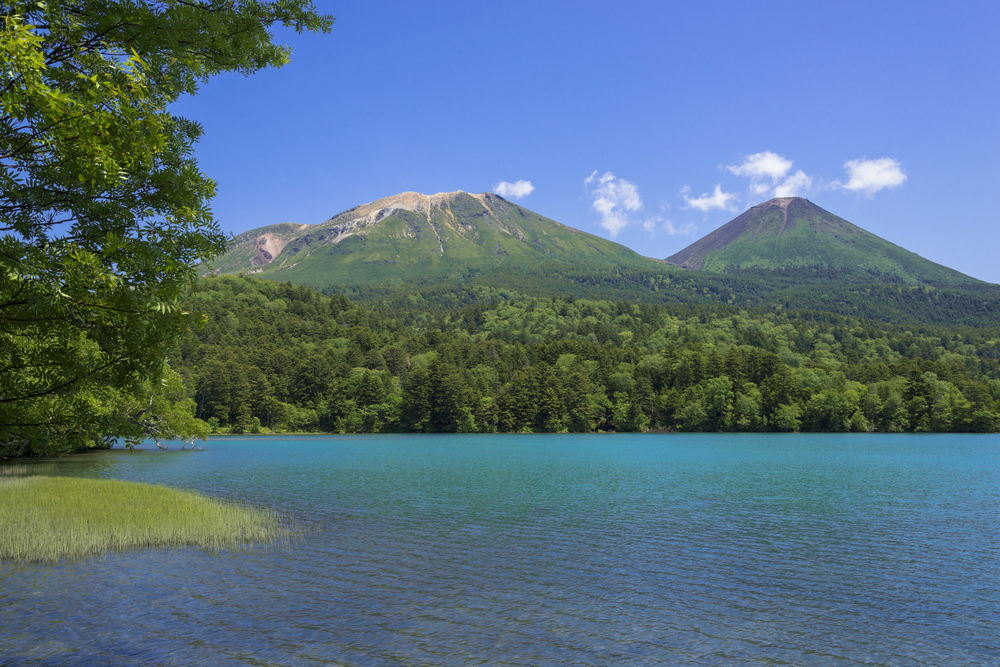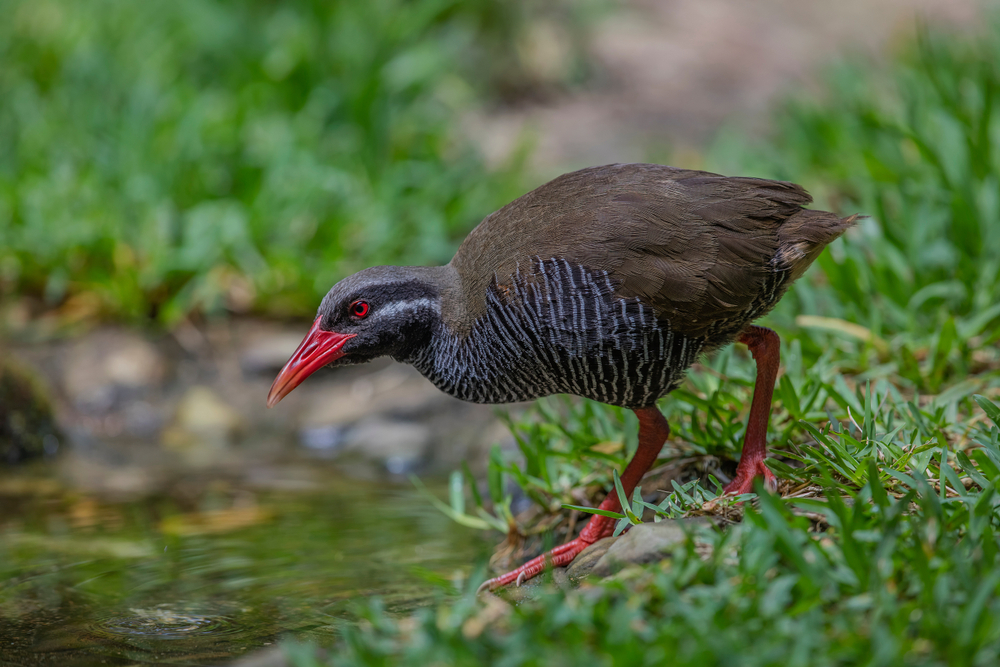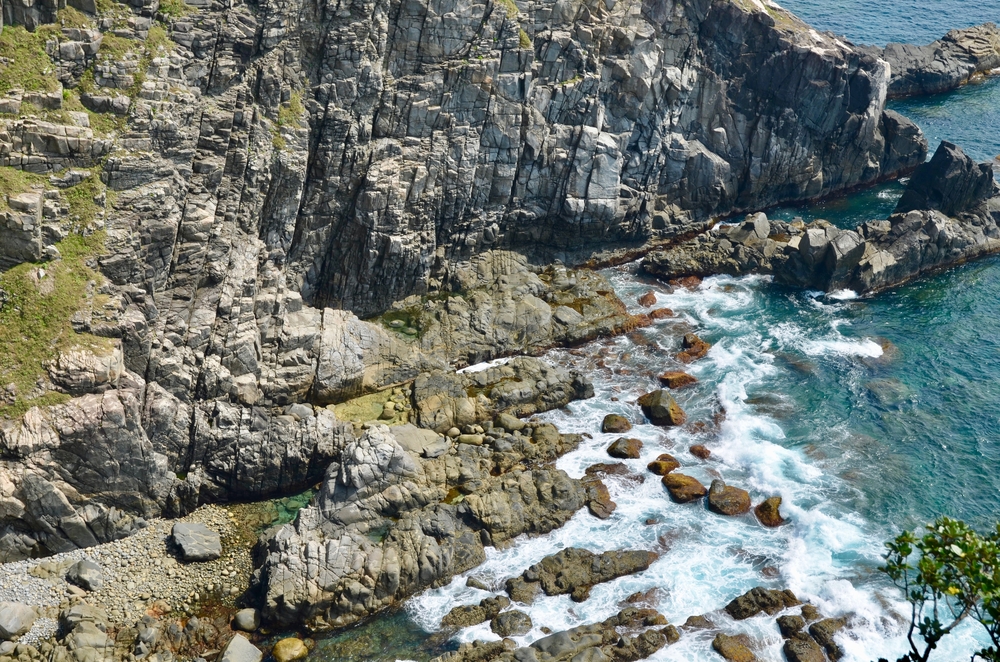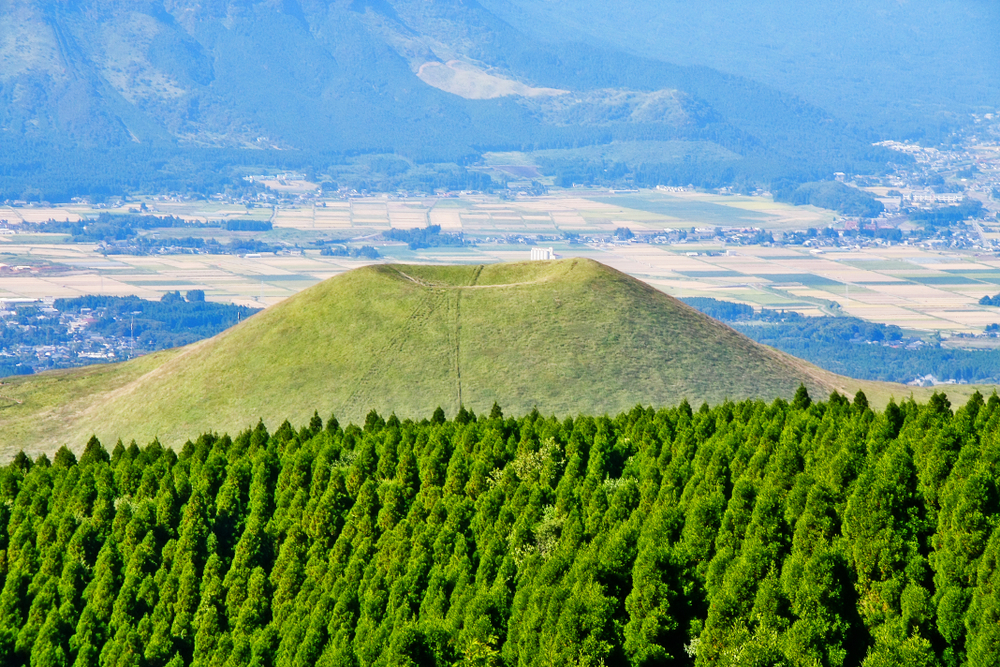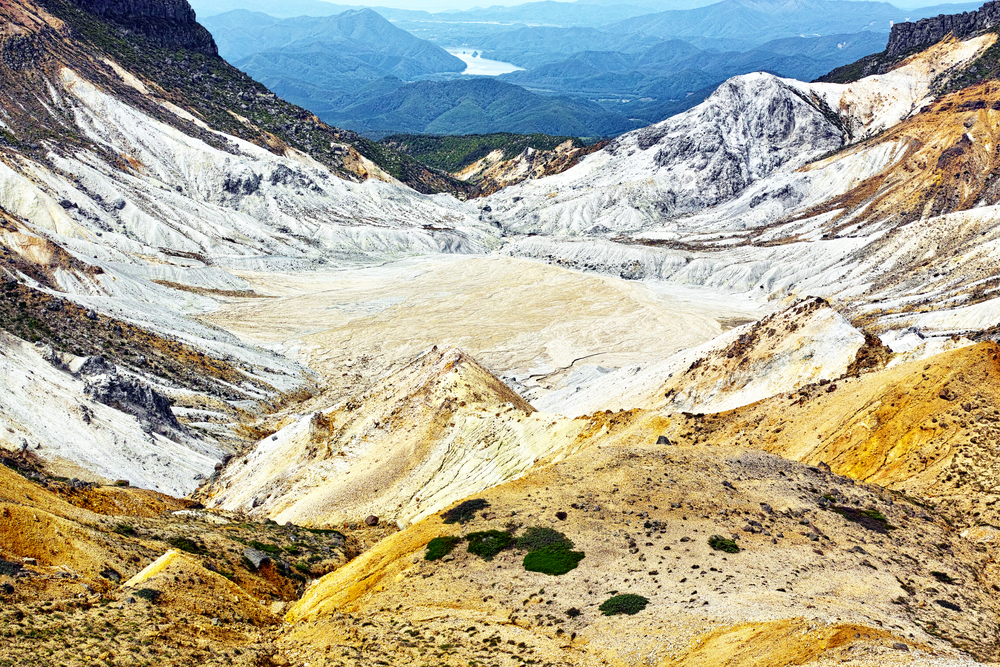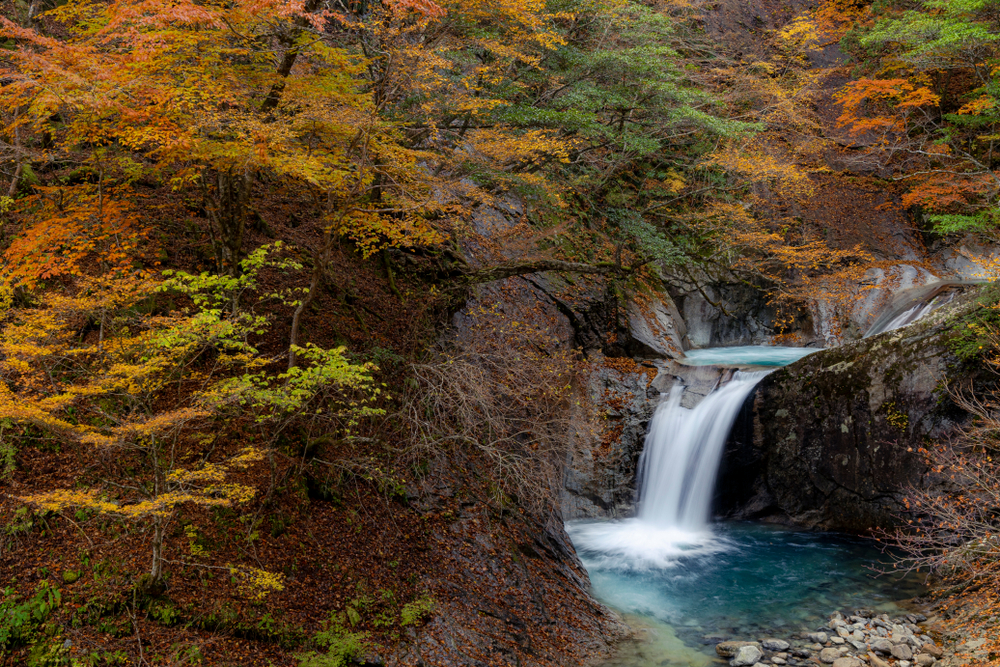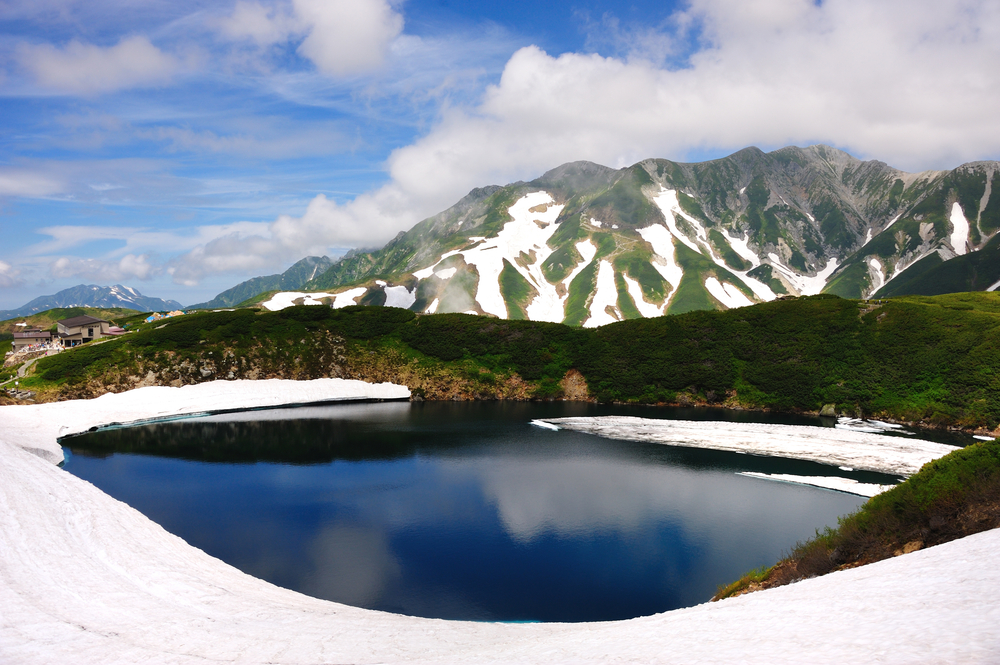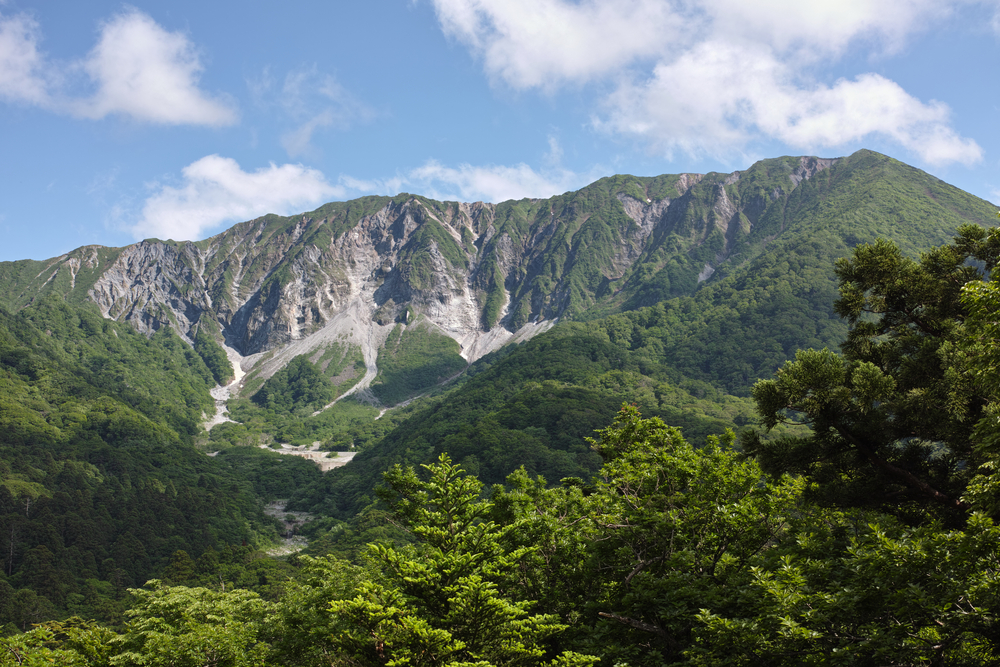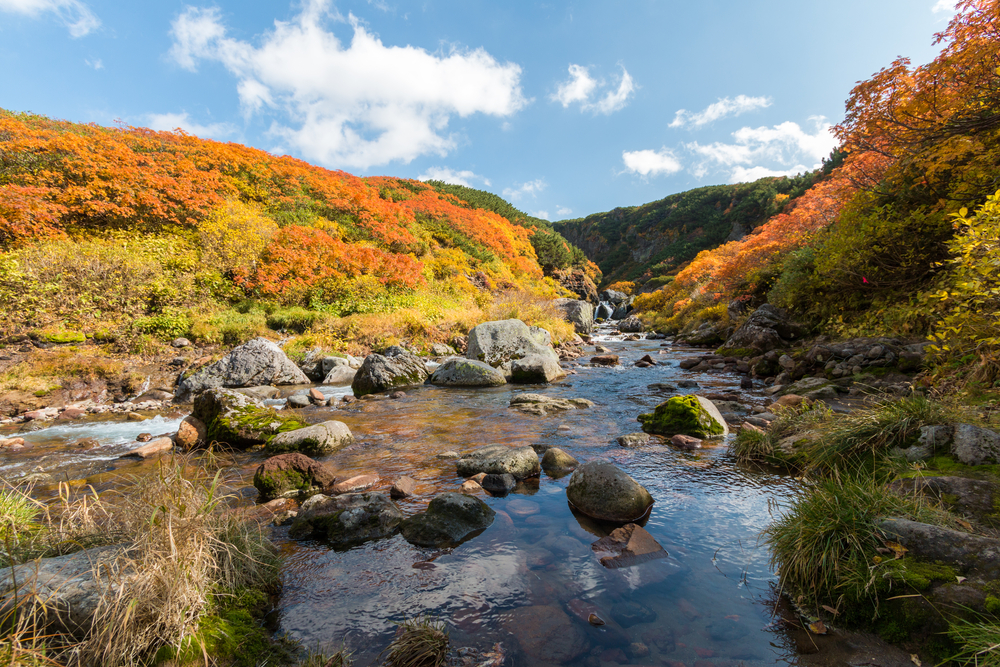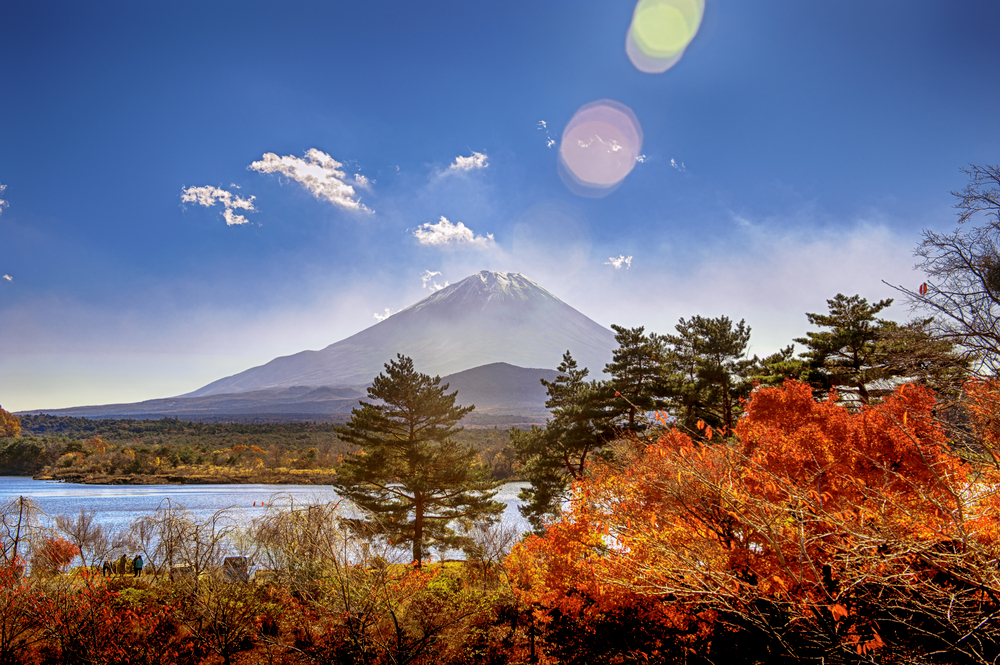Ise-Shima Overview
Ise-Shima National Park, known locally as Ise-Shima Kokuritsu Kōen, is a stunning protected area located in the Mie Prefecture of central Japan. Covering approximately 213 square miles (552 square kilometers), this park offers a harmonious blend of cultural heritage, natural beauty, and marine ecosystems. Situated on the Shima Peninsula, Ise-Shima is bordered by the Pacific Ocean, creating an enchanting landscape of rugged coastlines, dense forests, and tranquil bays.
The park’s terrain is characterized by its intricate coastline, which is dotted with small islands, inlets, and coves. Among its notable features are the Ago Bay, known as the “Bay of Pearls” for its thriving aquaculture industry, and the Matoya Bay, which is famous for its oyster farming. Dense forests of Japanese red pine and evergreen oak dominate the inland areas, while coastal vegetation includes sea grasses and salt-tolerant plants. The Isuzu River meanders through the park, adding to its scenic diversity. In the background, visitors can see gentle hills and low mountain ranges, such as Mt. Asama and Mt. Yokoyama, offering panoramic views of the peninsula.
Ise-Shima is home to a diverse range of wildlife. The forests shelter mammals like Japanese macaques, raccoon dogs, and Japanese serows, while the coastal waters teem with marine life such as sea turtles and dolphins. Birdwatchers can enjoy sightings of various seabirds, including the black-tailed gull, great cormorant, and osprey. Migratory birds also visit the park seasonally, enhancing its ecological importance. The park’s marine ecosystem supports an abundance of fish, mollusks, and coral species, making it a haven for aquatic biodiversity.
A visit to Ise-Shima National Park would be incomplete without exploring its cultural and spiritual landmarks. The Ise Grand Shrine, one of Japan’s most sacred Shinto shrines, attracts millions of visitors annually. This revered site is nestled within the park’s lush forests and embodies the harmonious relationship between nature and spirituality. Another highlight is the traditional pearl cultivation in Ago Bay, where visitors can learn about the history and techniques of this centuries-old practice.
Visitors to the park can engage with its wonders through various activities. Hiking trails such as those leading to Mt. Yokoyama provide breathtaking vistas of the bays and surrounding landscapes. Coastal areas are perfect for kayaking, snorkeling, and diving, allowing visitors to immerse themselves in the vibrant marine environment. Cultural tours of the Ise Grand Shrine and nearby villages offer insights into local traditions and crafts. For those seeking tranquility, the observation decks and picnic areas provide peaceful spots to appreciate the natural beauty.
Conservation efforts in Ise-Shima National Park have focused on balancing tourism with ecological preservation. The park’s management works to protect marine life from overfishing and pollution while promoting sustainable aquaculture. Reforestation projects and measures to control invasive species have helped maintain the integrity of its terrestrial ecosystems. Despite challenges like climate change and habitat degradation, these efforts have seen significant success in preserving the park’s rich biodiversity and cultural heritage for future generations.








































































